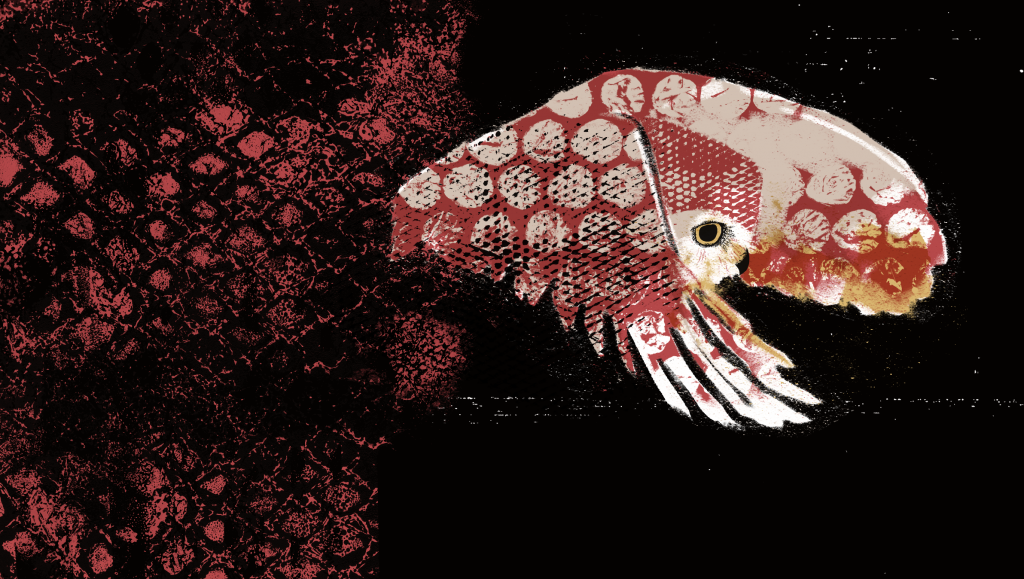The dog is a gentleman, said Mark Twain, a sentiment many people would endorse. Dogs have been a part of human cultures for over 15,000 years as protectors and companions. In many parts of the world, the domestic dog is now feral, and as an invasive species in these habitats, causes a cascade of negative effects. In this issue, three pieces examine how the dog is an introduced predator that harasses and affects local wildlife. Janaki Lenin introduces us to killer dogs-that kill for food or play, but also because they are rabid. Kalyan Varma’s photographs of dogs chasing and being chased by wildlife in Kutch, Gujarat, supplement these narratives. But are non-native species always detrimental to local ecosystems? Ema Fatima thinks not, and in her summary of a research paper, she outlines the many positive effects that foreign species have on the ecosystems around them.
In two other pieces, we feature anthropogenic noise, an intrinsic element of contemporary life. While we have long known that noise affects humans, Caitlin Kight and Madhusudan Katti tell us how noise impacts birds. Our noisy lives cause
all kinds of changes in animals that live around us, impacting behaviour, physiology, longevity and even survival. To know more about the human footprint and how we have affected the ecology of the world around us, read TR Shankar Raman’s
revealing summary of a book on environmental history.
erratum | In ‘Discovering wildlife in Cambodia’ in the print issue of 5.1, photograph credits go to The Society for Environmental Exploration, not Elise Belle. Elise Belle was Research and Development Manager at the Society for
Environmental Exploration at the time of publication. research@frontier.ac.uk
Issue Editor: R. Nandhini
donate
Conservation is for everyone, and we help you understand it.
Donate




